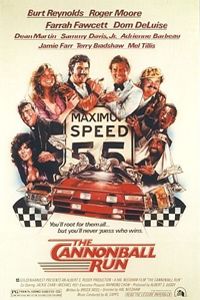Thierry Sabine was lost, hopelessly lost. It was 1977 and the Frenchman had been riding through the Libyan Desert during a motorcycle rally. After going off course, Sabine looked around him. Despite being in the middle of nowhere, the challenges of crossing Libya on a motorcycle, along with the country's stark beauty, captivated Sabine. He decided to create the ultimate racing event that would test the mettle of thrill seekers such as himself [source: Dakar.com].
A year later, on Dec. 26, 1978, Sabine's brainchild, the Dakar Rally, was born. It soon became motorsport's ultimate endurance race. The 6,000-mile (9,656.06-kilometer) multi-stage race began in Paris in the shadow of the Eiffel Tower and ended in Dakar, Senegal. One hundred and seventy competitors started the race that year, which was won by a motorcyclist named Cyril Neveu [source: Dakar.com].
Advertisement
It didn't take long for the race to catch the attention of automakers, sponsors and fans. For the next three decades, the Dakar Rally became the ultimate off-road sport. Many who participate are adventure seekers. Moreover, car manufacturers often use the rally to test new vehicles. Teams participate in four categories: trucks, autos, motorcycles and quads.
The race has had its share of controversy. In 2008, race organizers cancelled the 16-day event after terrorists killed a family of French tourists in Mauritania, a North African country. Eight of the 15 stages of the rally were scheduled to be held in Mauritania. A year later, the race moved to South America.
The race's official Web site claims "entering the Dakar is, in a certain way, like climbing Everest, sailing round the globe or rowing round the world." However, the Vatican newspaper called it "the bloody race of irresponsibility" [source: Roming].
Advertisement


